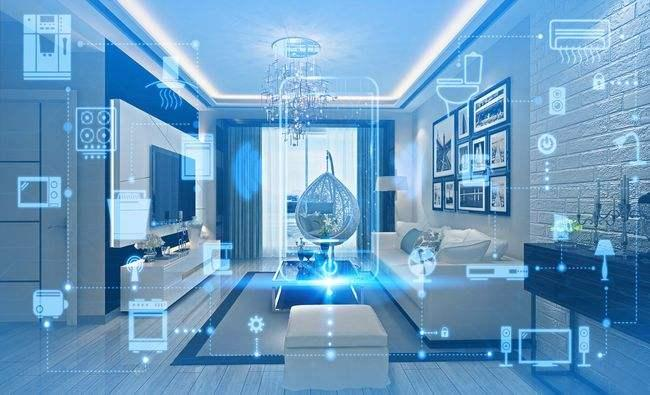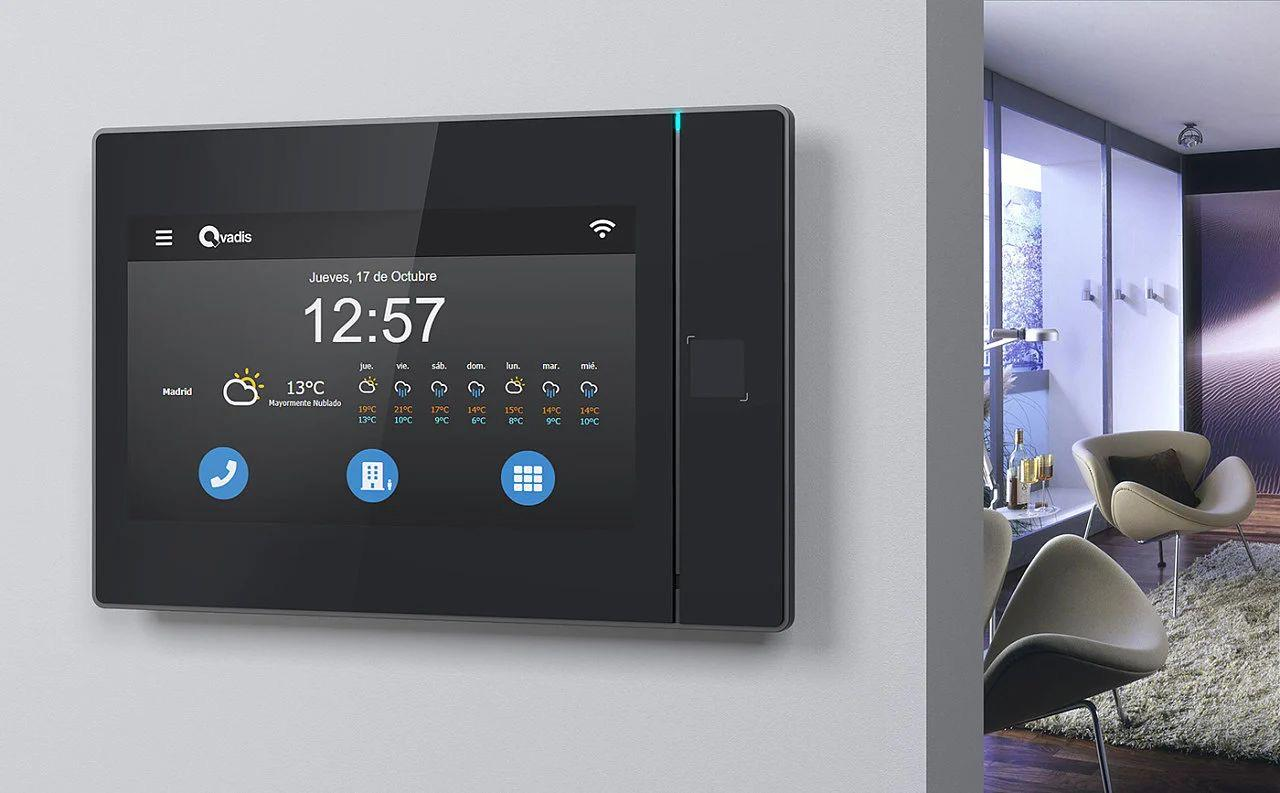
With the rise of the Internet of Things (IoT), our homes are no longer just a physical space but a connected ecosystem of intelligent devices. This article explores the evolution of smart home technology, from early concepts of home automation to the reality of IoT-powered homes.
The idea of home automation has been around for decades, captivating the imaginations of tech enthusiasts and sci-fi fans alike. Early concepts revolved around the idea of controlling household appliances and systems through a centralized control panel. However, these systems were often complex, expensive, and limited in functionality.
The emergence of the Internet of Things (IoT) paved the way for a new era of smart homes. The IoT is a network of interconnected devices, sensors, and software that enables seamless communication and data exchange. In the context of smart homes, the IoT acts as the backbone, connecting various devices and allowing users to control and monitor their homes remotely.

To understand the inner workings of a smart home, it's important to familiarize ourselves with the key components that make it all possible. These components include:
1. Connected Devices: From smart thermostats and security cameras to voice assistants and lighting systems, connected devices are at the heart of any smart home. These devices are HMI or smart home lcd panel equipped with sensors and connectivity features that allow them to interact with each other and respond to user commands.
2. Sensors: Sensors play a crucial role in collecting data and providing valuable insights about the environment within a smart home. They can detect motion, temperature, humidity, and other parameters, enabling automated actions and personalized experiences.
3. Connectivity: The ability of devices to communicate with each other and with the user is made possible through various connectivity options such as Wi-Fi, Bluetooth, Zigbee, and Z-Wave. These technologies ensure seamless data exchange and control over the smart home ecosystem.
4. Smart Controllers: Smart controllers act as the central hub of a smart home, allowing users to manage and control connected devices from a single interface. These controllers can be in the form of smartphone apps, voice assistants, or dedicated control panels.

Some key advantages of smart homes include:
1. Convenience: Smart homes offer unparalleled convenience, allowing users to control various aspects of their homes with just a few taps or voice commands. From adjusting the temperature and lighting to managing security systems, everything can be done effortlessly.
2. Energy Efficiency: Smart homes enable energy-efficient living by optimizing the use of resources. Automated lighting systems, smart thermostats, and energy monitoring devices help reduce energy consumption and lower utility bills.
3. Enhanced Security: With smart security systems, homeowners can have peace of mind knowing that their homes are protected. Smart cameras, door locks, and motion sensors provide real-time surveillance and alert users in case of any suspicious activity.
4. Personalization: Smart homes allow for personalized experiences tailored to individual preferences. From setting up custom lighting scenes to creating personalized playlists, users can customize their living spaces according to their needs and preferences.
While the concept of smart homes is enticing, there are several challenges that need to be addressed for widespread adoption. These challenges include:
1. Interoperability: With a plethora of smart devices available in the market, ensuring seamless interoperability between different brands and platforms can be a challenge. The lack of standardized protocols and communication standards poses hurdles in creating a unified smart home ecosystem.
2. Privacy and Security: As smart homes collect and transmit sensitive data, privacy and security concerns arise. Safeguarding personal information and preventing unauthorized access to smart home systems is of paramount importance.
3. Complexity and Usability: Smart home systems should be user-friendly and intuitive, catering to users of all technological backgrounds. Simplifying setup and configuration processes can make smart homes more accessible to a wider audience.
4. Cost: The initial cost of implementing a smart home system can be a barrier for many homeowners. The affordability and cost-effectiveness of smart devices and systems need to be considered to encourage wider adoption.
The journey of smart homes is far from over, with constant advancements and innovations shaping the future of IoT-powered living spaces. Some emerging trends and innovations in the realm of smart homes include:
1. Artificial Intelligence (AI): AI-powered assistants and voice recognition technologies are becoming increasingly integrated into smart homes, allowing for more intuitive and personalized interactions.
2. Energy Management: Smart homes are embracing renewable energy sources and energy storage solutions, enabling homeowners to reduce their carbon footprint and optimize energy consumption.
3. Health and Wellness: Smart homes are incorporating health monitoring devices and systems to promote wellness and provide personalized healthcare solutions within the comfort of one's home.
4. Smart Cities Integration: The integration of smart homes with smart city infrastructure is on the horizon, enabling seamless connectivity and enhancing the overall quality of life for residents.
5. Intelligent Embedded Displays: Intelligent embedded displays are revolutionizing the user interface in smart homes, offering intuitive control and visual feedback. These displays provide a versatile and interactive way to manage and monitor various aspects of a smart home.

In conclusion, the evolution of smart home technology has transformed the way we live, offering convenience, efficiency, and personalized experiences. With the Internet of Things (IoT) as its backbone, smart homes have become a reality, connecting devices, sensors, and systems in a seamless ecosystem. While challenges exist, innovations and emerging trends promise a future where smart homes integrate seamlessly with our daily lives, enhancing our comfort, security, and well-being. As technology continues to evolve, the potential for smart homes to revolutionize our lifestyle is boundless.
Proculus can offer excellent and custom display modules for your Smart Home equipment. Feel free to contact us whenever you need.
